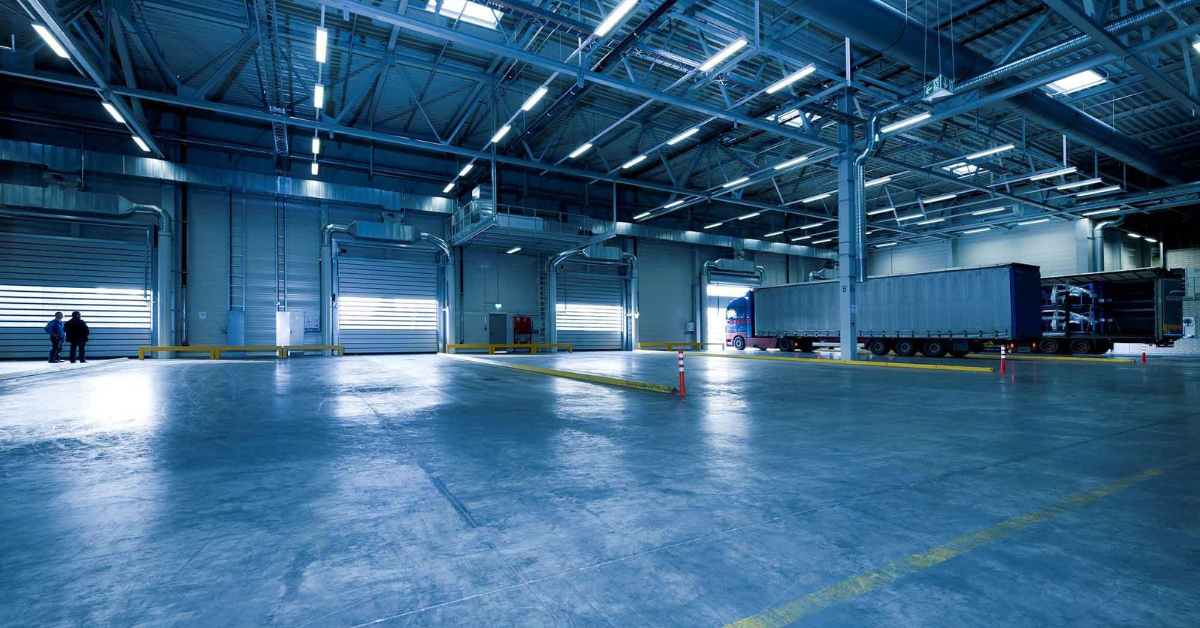Revolutionizing Agriculture: The Rise of the Rice Processing Machine
In the ever-evolving agricultural sector, machinery has played a critical role in transforming traditional practices into efficient, high-yield systems. One such innovation that has significantly impacted the rice industry is the Rice Processing Machine From the moment paddy is harvested to the point it reaches our plates, this machine has streamlined every stage, enhancing quality, productivity, and profitability for farmers and millers alike.
The Need for Efficient Rice Processing
Rice is a staple food for more than half of the world’s population. Its demand is constant and growing, especially in Asia and Africa. However, rice processing is not merely about separating grains from the husk. It involves multiple steps—cleaning, hulling, milling, polishing, grading, and packaging. Each stage requires precision to maintain grain quality, reduce wastage, and ensure food safety. Traditional methods, though still used in many rural areas, are time-consuming, labor-intensive, and often inconsistent.
This is where the Rice Processing Machine comes into play. With advancements in agri-tech and automation, modern machines have drastically improved the way rice is processed. These machines not only save time and labor but also ensure consistent quality with minimal grain loss.
How Rice Processing Machines Work
The working of a rice processing machine is a sophisticated combination of mechanical engineering and digital precision. Let’s break down the primary stages involved:
-
Cleaning and Destoning: The paddy first goes through a pre-cleaner to remove unwanted materials like straw, stones, dust, and sand. High-end machines use vibratory screens and air blowers to ensure thorough cleaning.
-
Husking or Dehusking: In this stage, the outer husk is removed from the paddy grain. Rubber rollers in the machine exert pressure that separates the husk from the grain with minimal breakage.
-
Paddy Separation: After husking, the mixture contains both husked brown rice and unhusked paddy. Paddy separators sort these out, sending the unhusked grains back for reprocessing.
-
Milling or Whitening: This step involves removing the bran layer to produce white rice. The rice passes through a series of abrasive or frictional wheels, resulting in polished white rice.
-
Grading and Sorting: Grading separates broken rice from whole grains, while optical sorters remove discolored or defective grains using high-resolution cameras and sensors.
-
Packaging: Finally, the processed rice is packaged into bags or containers, ready for market distribution.
Modern Rice Processing Machines come with control panels, programmable settings, and automation features that allow operators to manage the entire process with ease and precision.
Types of Rice Processing Machines
Depending on the scale of operations and specific needs, there are various types of rice processing machines available:
-
Mini Rice Mills: Ideal for small-scale farmers or rural communities, these compact units can process small batches efficiently.
-
Commercial Rice Milling Plants: These are large-scale machines designed for industrial use. They can process tons of rice per hour and often include automated weighing and packaging systems.
-
Combined Rice Milling Machines: These machines integrate multiple processes—cleaning, dehusking, milling, and grading—into a single unit, making them highly space and cost-efficient.
Choosing the right machine depends on various factors like production capacity, investment budget, grain type, and desired final product.
Advantages of Using a Rice Processing Machine
-
Increased Efficiency: Machines can process rice much faster than manual methods, increasing overall productivity.
-
Consistency in Quality: Advanced machinery ensures uniform polishing, grading, and packaging, which enhances consumer trust.
-
Lower Labor Costs: Automation reduces the need for manual labor, leading to lower operating costs.
-
Reduced Wastage: High-precision systems reduce grain breakage and loss during processing.
-
Scalability: Machines can be easily scaled to meet increasing demand, making them suitable for both small farms and large industrial units.
-
Improved Hygiene: Mechanized processing minimizes human contact with the rice, improving cleanliness and food safety.
Future Trends in Rice Processing Technology
The agricultural equipment industry is constantly evolving, and the Rice Processing Machine is no exception. Here are some trends shaping the future:
-
Smart Technology Integration: IoT-enabled machines can now monitor temperature, moisture, and other critical metrics in real-time, alerting operators to anomalies immediately.
-
Energy Efficiency: New models are designed to consume less power, helping reduce carbon footprint while lowering energy costs.
-
Customization: Machines can now be customized based on the type of rice being processed—whether it’s basmati, jasmine, brown, or parboiled rice.
-
AI and Machine Learning: Some advanced systems use AI to predict and adjust processing parameters for optimal yield and minimal loss.
-
Compact and Mobile Units: Portable machines are being developed to help small farmers process their rice on-site, reducing dependence on third-party mills.
Role in Global Food Security
As the world grapples with challenges like population growth, climate change, and food scarcity, improving food processing methods becomes crucial. By optimizing rice production and minimizing waste, the Rice Processing Machine plays a vital role in enhancing food security, especially in rice-dependent regions.
Governments and agricultural bodies across Asia and Africa are increasingly investing in mechanization to improve post-harvest handling. Financial incentives, subsidies, and training programs are helping farmers adopt these technologies, ultimately creating more resilient and self-sufficient communities.
Conclusion
The journey of rice from paddy to plate has undergone a remarkable transformation, thanks to the Rice Processing Machine. As a cornerstone of modern agriculture, it has improved not just efficiency but also quality, profitability, and sustainability. Whether you’re a farmer, a mill owner, or an investor in agribusiness, adopting modern rice processing solutions is no longer an option—it’s a necessity for staying competitive in today’s market.
With innovations continuing to emerge, the future looks bright for the rice industry. Machines will keep evolving, becoming smarter, faster, and more eco-friendly. For a world that relies heavily on rice as a staple, this progress is not just beneficial—it’s essential.







